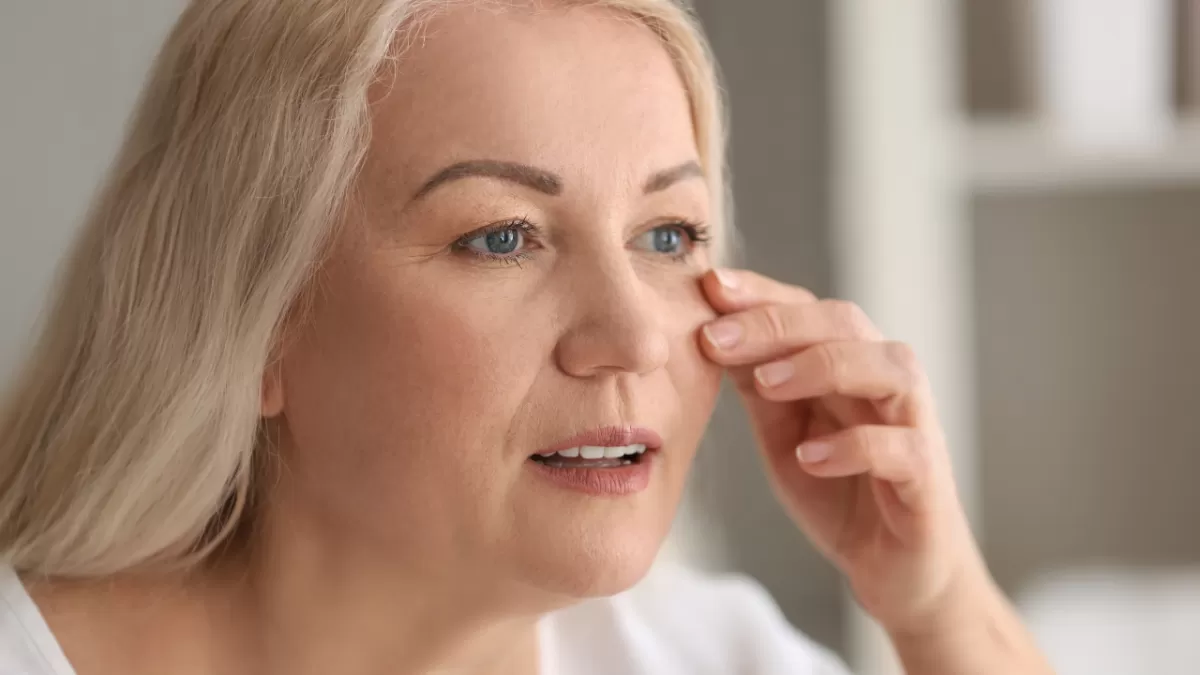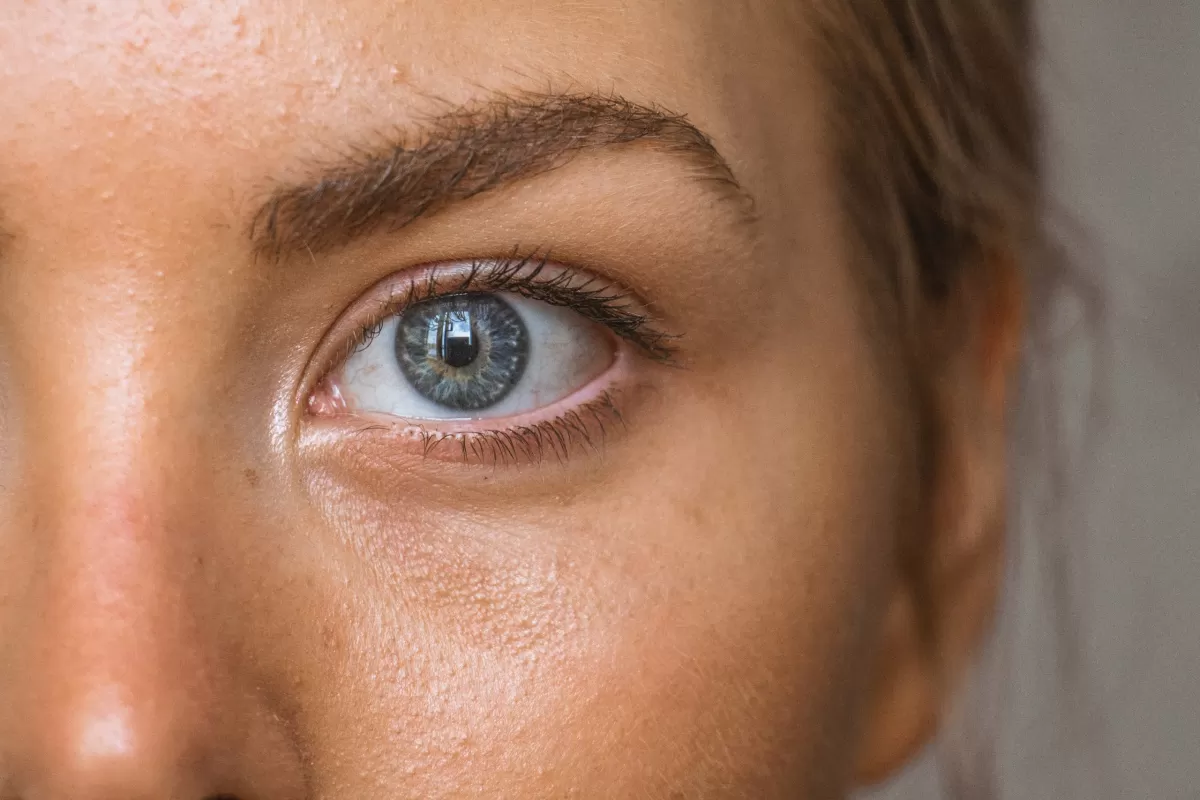Exciting Exosomes in Aesthetic Dermatology

Have you ever wished for a skincare solution that’s not only effective but also natural and cutting-edge? The answer might lie in a microscopic marvel: exosomes. This blog post explores the ground-breaking role of exosomes in aesthetic dermatology, offering a glimpse into a future where beauty and science converge seamlessly.
How Are Exosomes Created and How Do They Work?
Imagine your cells sending out tiny, bubble-like messengers, carrying crucial information to distant parts of the body. These messengers, known as exosomes, are vital in cell-to-cell communication, carrying proteins, lipids, and RNA to influence various physiological processes. In the realm of aesthetic dermatology, these natural nanoparticles are harnessed for their remarkable ability to promote skin health, regeneration, and beauty.
Are Exosomes Present in the Skin and What Changes Do They Induce?
Yes, exosomes are naturally present in your skin, playing a pivotal role in maintaining its health, elasticity, and youthful appearance. They help in repairing damaged skin cells, reducing inflammation, and stimulating the production of collagen, which is key to reducing wrinkles and fine lines. The result? A visibly rejuvenated, vibrant complexion that not only looks better but is fundamentally healthier.
Where Do Exosomes Come from for Aesthetic Use?
For aesthetic applications, exosomes are typically extracted from stem cells derived from healthy, ethical sources such as adult adipose tissues or umbilical cord mesenchymal stem cell. These exosomes are then purified and prepared in a way that maximizes their beneficial properties. This meticulous extraction process ensures that the exosomes used in dermatological treatments are safe, effective, and of the highest quality.
What Are the Dermatologically Relevant Uses of Exosomes?
Currently investigated potential uses for exosomes in dermatology include scar treatment, skin rejuvenation, pigmentation regulation, and hair growth. A variety of studies have been conducted, but most are in vitro or in mice. Since exosomes are important in intracellular communication, they could transmit messages to cells that alter behaviour and induce anti-aging effects. Commercially, they are being used to address a variety of skin concerns, including, but not limited to:
- Wrinkle Reduction: By promoting collagen production, exosomes help in diminishing the appearance of wrinkles and fine lines.
- Scar Treatment: They have the ability to regenerate skin cells, making scars less visible.
- Skin Rejuvenation: Exosomes can enhance the skin’s overall texture, tone, and hydration, giving it a more youthful and radiant look.
- Hair regrowth: exosome can interact with hair germ cells and stem cells in the hair follicle to stimulate the proliferation and growth.
What Is the Future of Exosomes in Dermatology?
The future of exosomes in dermatology holds immense promise. Ongoing research is exploring their potential in treating a wider range of skin conditions, from chronic wounds to autoimmune skin disorders. As we understand more about their mechanisms and how to harness their power, exosomes could revolutionize aesthetic treatments, offering personalized, natural, and highly effective solutions for various dermatological challenges.
Conclusion
Exosomes stand at the frontier of aesthetic dermatology, offering exciting possibilities for skin care and rejuvenation. By harnessing the power of these microscopic marvels, we are stepping into a new era of beauty treatments that are not only more natural and safe but also incredibly effective. As research continues to unveil their potential, exosomes are set to redefine our approach to skincare, promising a future where achieving healthy, radiant skin is easier and more accessible than ever.


